Strive to basically complete the entire route by 2035
Presenting the project report, Deputy Minister of Transport Nguyen Danh Huy said that the construction of the North-South high-speed railway aims to meet transportation needs, contribute to restructuring the transportation market share on the North-South corridor in an optimal and sustainable manner, creating the premise and driving force for socio-economic development, ensuring national defense and security.
The Government proposed that the National Assembly decide on the investment policy for the North-South high-speed railway construction investment project to approve the investment policy at the 8th session of the 15th National Assembly , striving to basically complete it by 2035.
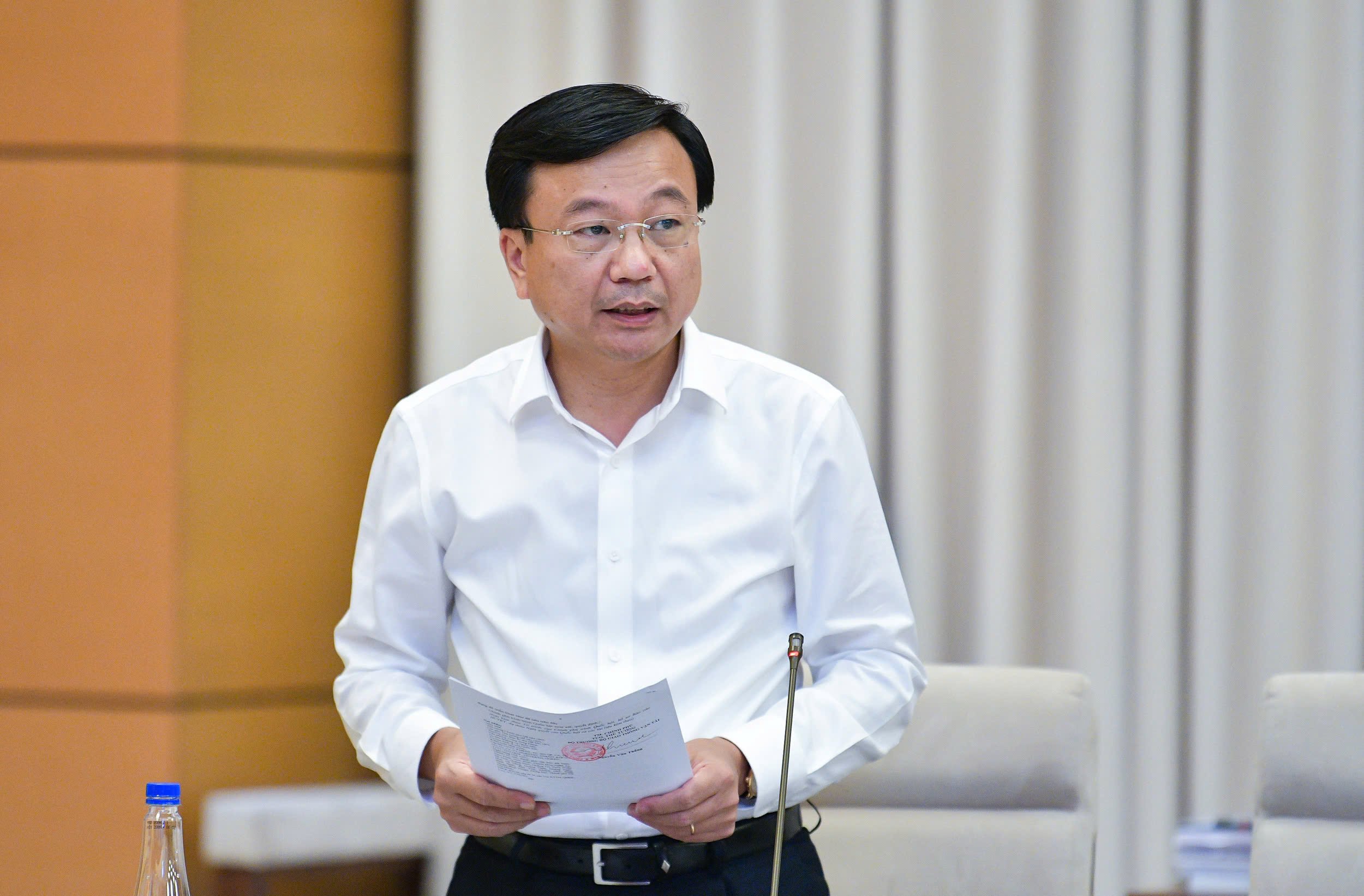
Deputy Minister of Transport Nguyen Danh Huy
Accordingly, the project has its starting point in Hanoi (Ngoc Hoi station) and its ending point in Ho Chi Minh City (Thu Thiem station). The total length of the route is about 1,541 km.
The project passes through 20 provinces and cities including: Hanoi, Ha Nam, Nam Dinh, Ninh Binh, Thanh Hoa, Nghe An, Ha Tinh, Quang Binh, Quang Tri, Thua Thien - Hue, Da Nang, Quang Nam, Quang Ngai, Binh Dinh, Phu Yen, Khanh Hoa, Ninh Thuan, Binh Thuan, Dong Nai, Ho Chi Minh City.
Investment scale: Construction of a new double-track railway, 1,435mm gauge, electrified, design speed 350km/h, load capacity 22.5 tons/axle; passenger transport, meeting dual-use requirements for national defense and security, and can transport goods when necessary.
The North-South high-speed railway route was studied and selected as the shortest possible, using 3 main structures on the route, of which the bridge structure accounts for about 60%, the tunnel about 10% and the ground about 30% of the route length.
The project will arrange 23 passenger stations, each station is expected to have a planned development space of 200-500 hectares; 5 freight stations, each freight station is about 24.5 hectares in size.
During the exploitation process, when localities form and develop urban areas with large enough population and transportation needs, and the distance between stations meets technical requirements, the Government will assign localities to take the lead in calling for investors to implement.
The preliminary land use demand is about 10,827 hectares with a total investment of about 1.7 million billion VND (equivalent to 67.34 billion USD). It is expected that the state budget will be allocated in the medium-term public investment plan to complete the project by 2035.
Capital is allocated over about 12 years, averaging about 5.6 billion USD per year, equivalent to about 1.3% of GDP in 2023, about 1.0% of GDP in 2027.
Regarding implementation progress, it is expected that a pre-feasibility study report will be prepared in 2025-2026; construction will start at the end of 2027; and the entire route will be basically completed by 2035.
The Government also proposed that the project be applied with a number of specific mechanisms, policies and solutions for implementation.
Need detailed, thorough assessment to ensure feasibility
Discussing at the meeting, delegates all agreed on the necessity of implementing the project, but some delegates requested further clarification on the risks of project implementation as well as capital sources and capital balancing capabilities.
Delegate Tran Van Khai, Standing Member of the National Assembly's Committee on Science, Technology and Environment, commented that this is an exceptionally large project, the first of its kind to be implemented in Vietnam, with requirements for potential and advanced technology...
Therefore, the delegates suggested that the Government continue to analyze and evaluate in more detail and with utmost caution to advise competent authorities to make decisions and ensure feasibility.

Delegate Tran Van Khai, Standing Member of the National Assembly's Committee on Science, Technology and Environment.
Mr. Khai emphasized that this is a public investment project, so in principle the project's risks must be pointed out.
“Pointing out risks is not a retreat, but a way to manage financial risks, organize implementation, and plan,” Mr. Khai emphasized.
Regarding the submitted documents, delegate Khai said that the Committee had studied them day and night and found them to be basically sufficient.
However, according to him, the project dossier submitted to the National Assembly still lacks a component of the dossier proposing to convert the purpose of forest use to another purpose. According to the Government's submission on October 19, the total area cleared for the project is 10,827 hectares, including 242.9 hectares of special-use forest, 652 hectares of protective forest, and 1,671 hectares of production forest.
With the above area, the conversion of forest use purposes will be under the authority of the National Assembly, so there needs to be a dossier for the National Assembly to study.
Regarding the ability to balance capital and public debt safety, Mr. Khai said that this project has an initial estimated budget of more than 67.34 billion USD, mostly from the State budget. However, if looking at the whole picture, the delegate said that it needs to be calculated and balanced compared to many other projects.
For example, according to the road network planning for the period 2021-2030, with a vision to 2050, 9,000km of highways must be completed. From now until 2030, 5,000km of highways must be completed.
Or about energy, the delegate pointed out that according to the Power Plan VIII, from now until 2030, there must be 40,000 MW with a total investment of 134 billion USD. If this goal is not achieved, there will be a shortage of electricity and it will be impossible to thrive in the upcoming digital age.
He noted that in the past 70 years, the electricity industry has produced about 50,000 MW, but in just 6 years, we will have to produce 40,000 MW. While energy is an important infrastructure, if it is not balanced, it will not be possible to balance all resources. Therefore, the delegate said that there must be a backup plan to have the best solution.
Contributing to the meeting, Mr. Nguyen Van Than, member of the National Assembly's Economic Committee, said that domestic private enterprises should be allowed to participate in project implementation because private enterprises will do it cheaper than state-owned enterprises and FDI enterprises.
“If we assign it to businesses, we need to assign it right from the start, so that they can train human resources and prepare resources. Therefore, the resolution should state that it is assigned to private businesses to implement, not that it is “encouraged to participate,” Mr. Than said.
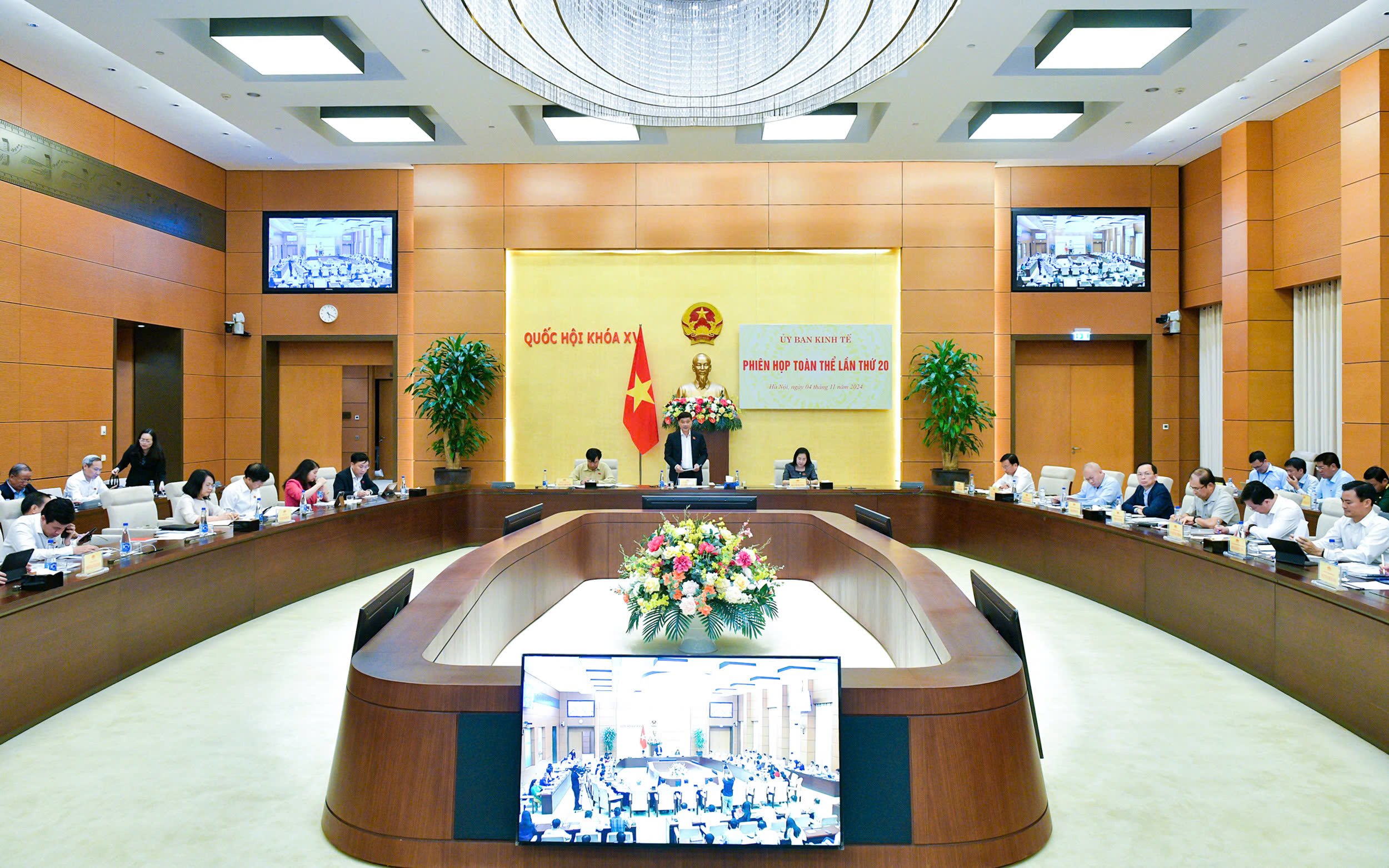
Overview of the meeting.
Paying the most attention to the site clearance stage, Mr. Than said: “We have to separate these two tasks, we cannot do both site clearance and work at the same time. This is similar to the Long Thanh airport project.”
According to Mr. Than, it is necessary to assign the implementation to the locality on the basis of cooperation between both sides.
Regarding resources, delegate Than said: “We see that there are many sources. The government issues bonds, which will mobilize capital from the people. The second source is bank financing. If the government guarantees, banks will lend immediately.”
Not only public investment but also mobilized from other sources
Explaining and clarifying the issue of capital sources and capital balancing ability, Mr. Do Thanh Trung, Deputy Minister of Planning and Investment said: Vietnam is developing, the need for investment, especially infrastructure investment, is very large.
“Especially strategic infrastructure requires concentrated, large resources to be ahead and effective,” Deputy Minister Do Thanh Trung emphasized.
Mr. Do Thanh Trung pointed out that since the Law on Public Investment was issued, the Government has tried very hard to prioritize investment. In particular, in the last two terms, infrastructure, especially road traffic infrastructure, has received great investment attention.
Regarding the North-South high-speed railway project, Mr. Trung said that for the first time, the Ministry of Planning and Investment has appraised a project that has passed three medium-term investment periods (from 2021-2025, 2025-2030, 2031-2035).
“Therefore, the Government has proposed to the National Assembly three specific mechanisms, from which we can mobilize total resources. If we only rely on public investment capital, it will certainly be very difficult to balance,” said Mr. Trung.
Regarding the 2021-2025 medium-term public investment plan, according to Mr. Trung, the Government has immediately arranged more than 538 billion VND for project preparation work, without requesting the National Assembly to supplement.
"There are things that cannot be done if there are regulations and unit prices."
Speaking at the meeting, Deputy Minister of Transport Nguyen Danh Huy said that this is a very difficult project. The project dossier has received opinions from National Assembly delegates, divided into many groups of issues since 2011. Along with that are 163 opinions from Central Committee members at the recent 10th Central Conference.
“The Ministry of Transport is very receptive. We fully accept the opinions of the delegates, which are very encouraging, and there are issues that we have not fully anticipated,” said Mr. Huy.
Explaining further about the set of regulations and standards, Deputy Minister Nguyen Danh Huy said that currently only 4 countries have developed a set of high-speed railway standards, while the remaining countries apply world standards, translating them to allow application.
“The Law on Regulations and Standards also allows this,” Mr. Huy said, adding that in the Construction Law, only when the feasibility stage is reached will the standard framework be finalized. Therefore, the Ministry of Transport currently does not orient any technology to avoid dependence.
Regarding the ability to supply power and synchronization, Deputy Minister Nguyen Danh Huy said that the load of the power supply system and the power supply system of the station has been calculated.
“We have coordinated with the Ministry of Industry and Trade to review the overall Power Plan VIII. In which, there are calculations for sufficient load. There is a plan to calculate nuclear power to ensure 24/7 energy operation,” said Mr. Huy.
Regarding investment rates, the Deputy Minister of Transport explained that the world does not manage costs like our country.
“There are things that we cannot do if we set and calculate unit prices like we do. According to current regulations, some types of technology must be tested before standards are issued. Some types of technology require contractors to bring in machinery and equipment when they are hired. When machinery and equipment are not available, it is impossible to build a test section to set standards,” said Mr. Huy.
The Deputy Minister of Transport added that in the world, they take the average investment rate of each item such as signal information, locomotives and wagons, take the investment rate and then bid to select.
"Therefore, among the 19 special mechanisms under the authority of the National Assembly, we also request such a mechanism," said Mr. Huy.
Regarding the policy mechanism, the Ministry of Transport hopes that National Assembly delegates will give more comments so that the Ministry can improve it towards the goal of being in accordance with legal regulations, meeting the instructions of competent authorities, especially successfully implementing Resolution 55 of the 10th Central Conference, 13th tenure.
Agree on investment need, pace and scale
In his concluding remarks, Chairman of the Economic Committee Vu Hong Thanh stated that opinions at the meeting were unanimous on the necessity of investment, speed and scale.
Mr. Thanh also took the time to give comments on many issues. In particular, regarding the project's functionality, Mr. Thanh pointed out that the issue that needs to be discussed is whether to combine both customers and clients because combining the two methods will increase the total investment.
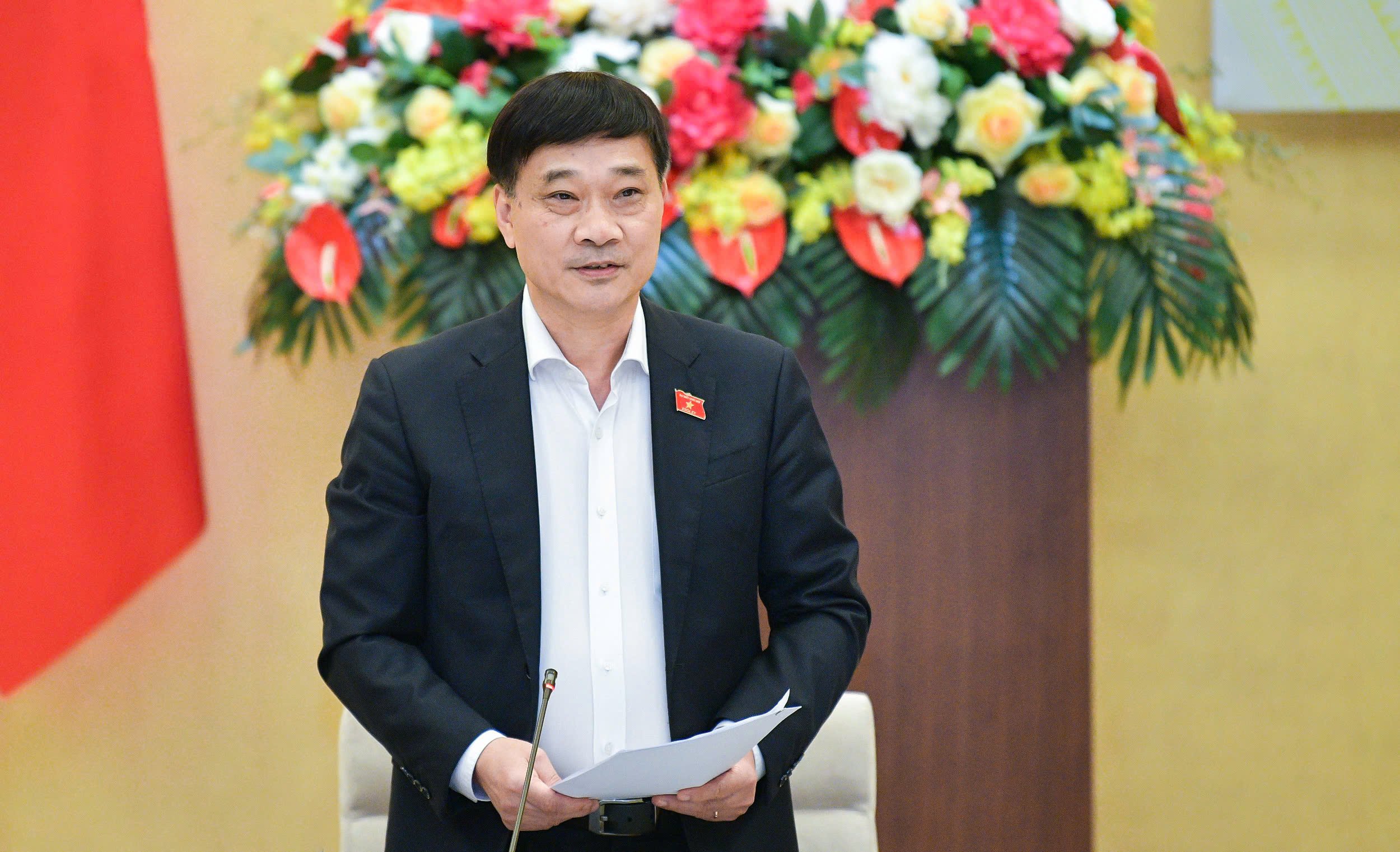
Chairman of the Economic Committee Vu Hong Thanh.
In his personal opinion, the Chairman of the Economic Committee believes that passenger transport should be separated, while freight transport should use existing waterways and railways, thereby making the financial plan more effective.
Regarding the plan to increase the viaduct as proposed by the delegate, Mr. Thanh said that it is necessary to consider whether it is appropriate or not because building an viaduct increases the cost very much. However, if such a plan is implemented and ensures safety, it is still better than building on land which later, when problems arise, will affect train operations.
Regarding capital, he emphasized that this is a very challenging issue, in the context of many large and key unfinished projects, so he suggested that it is necessary to clarify the ability to meet capital sources and public debt safety.


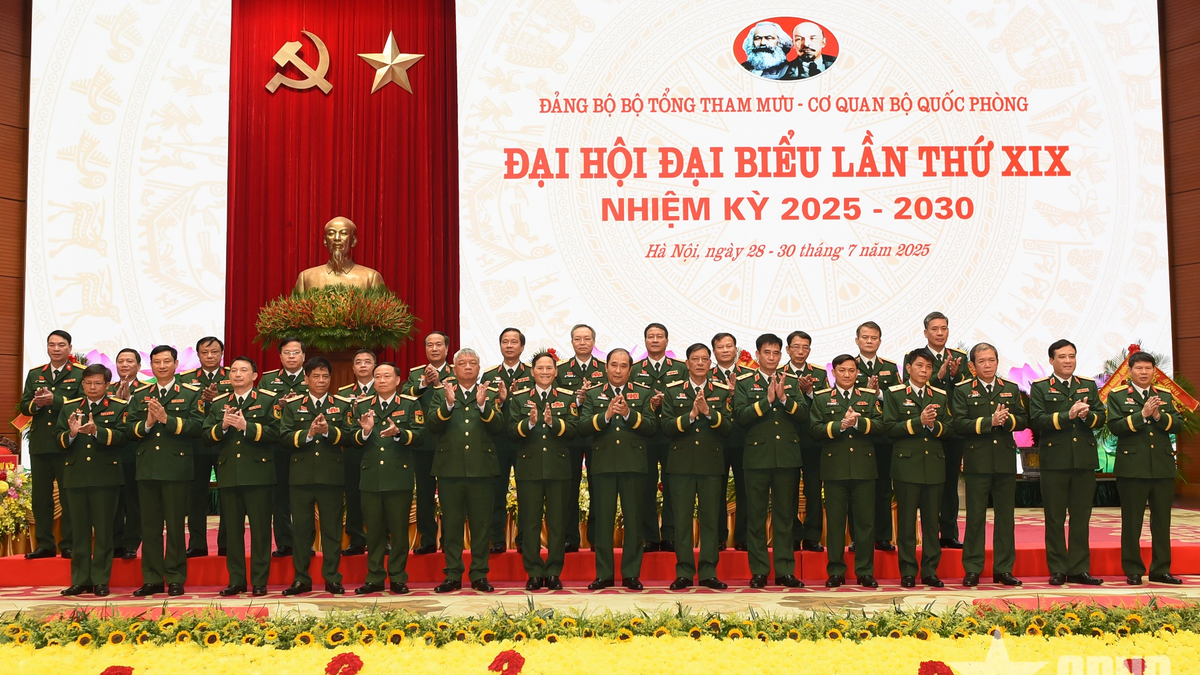
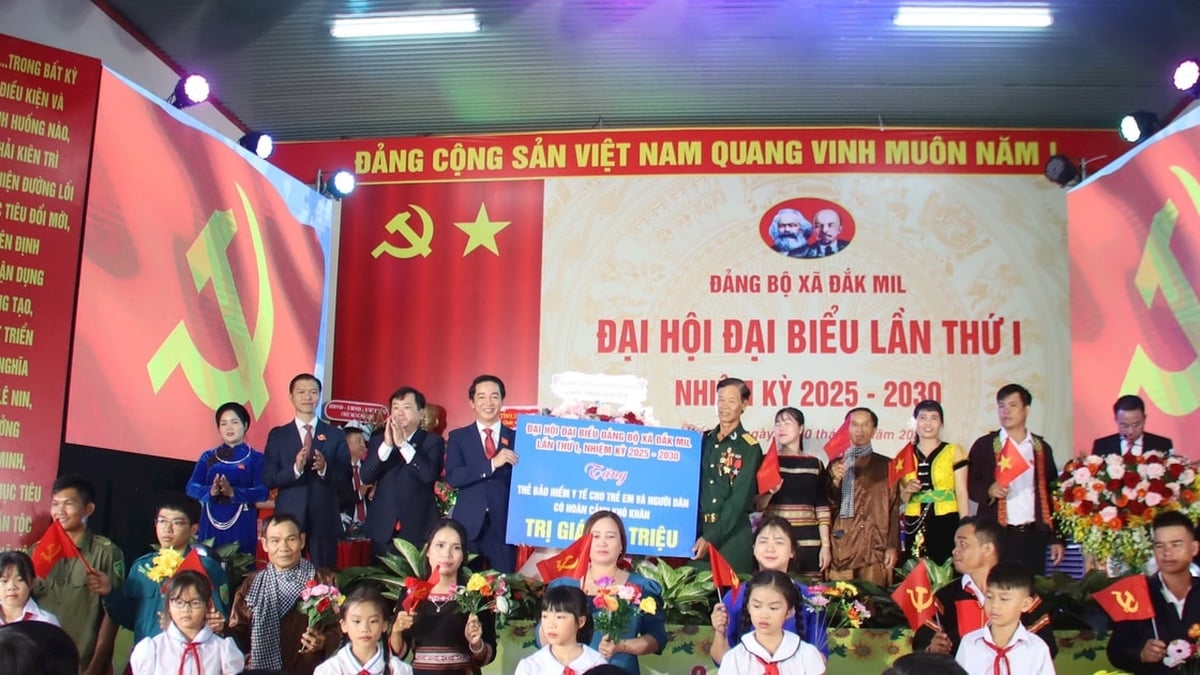
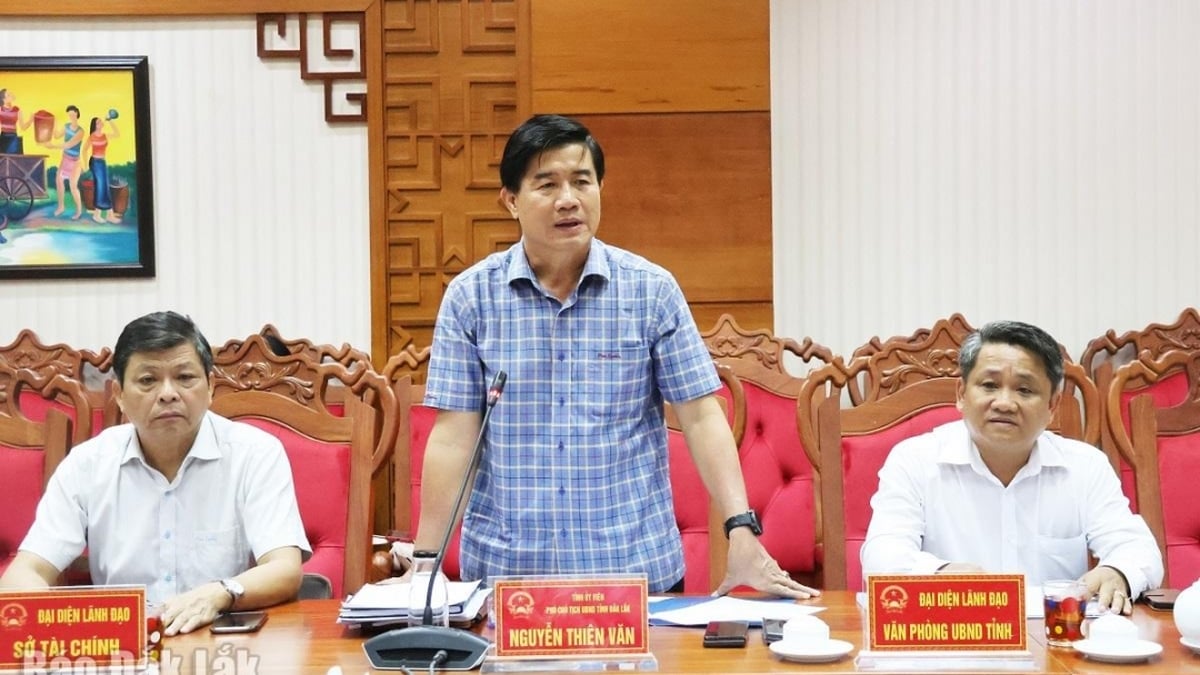


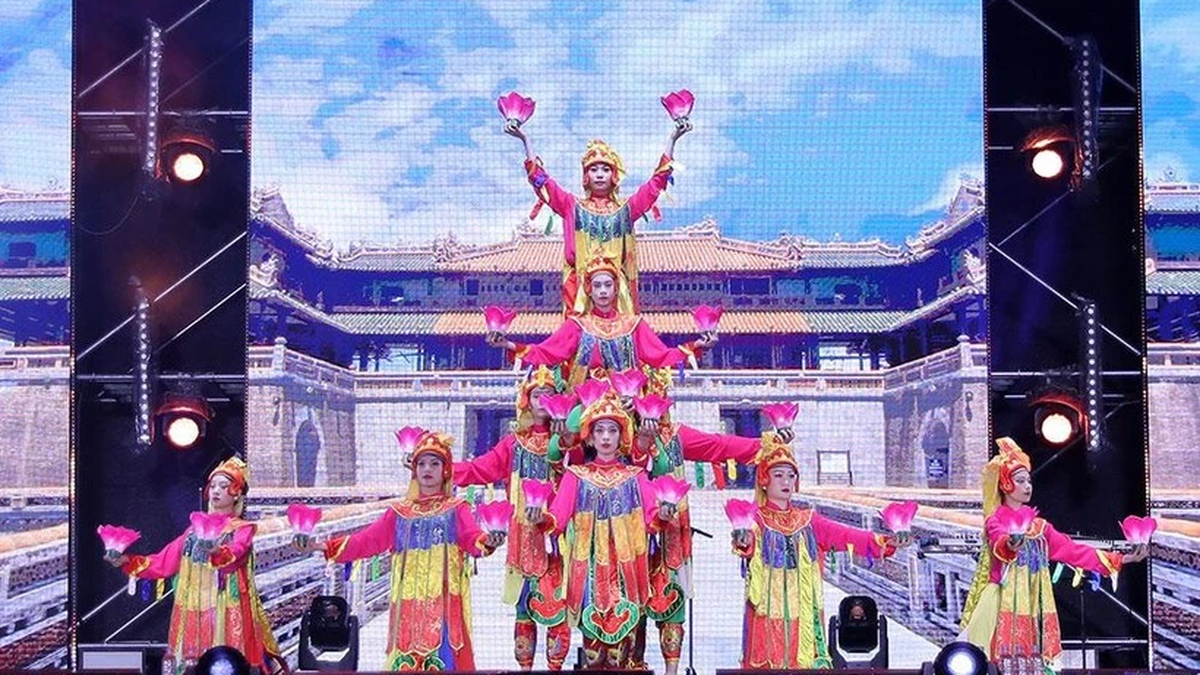
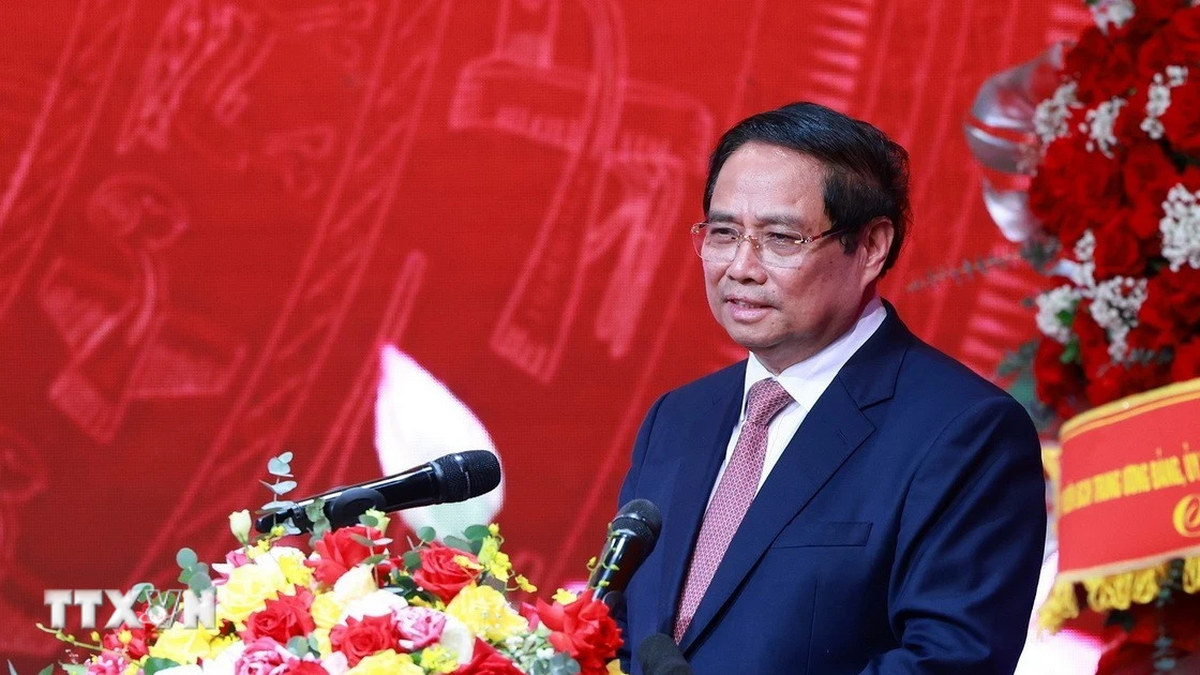
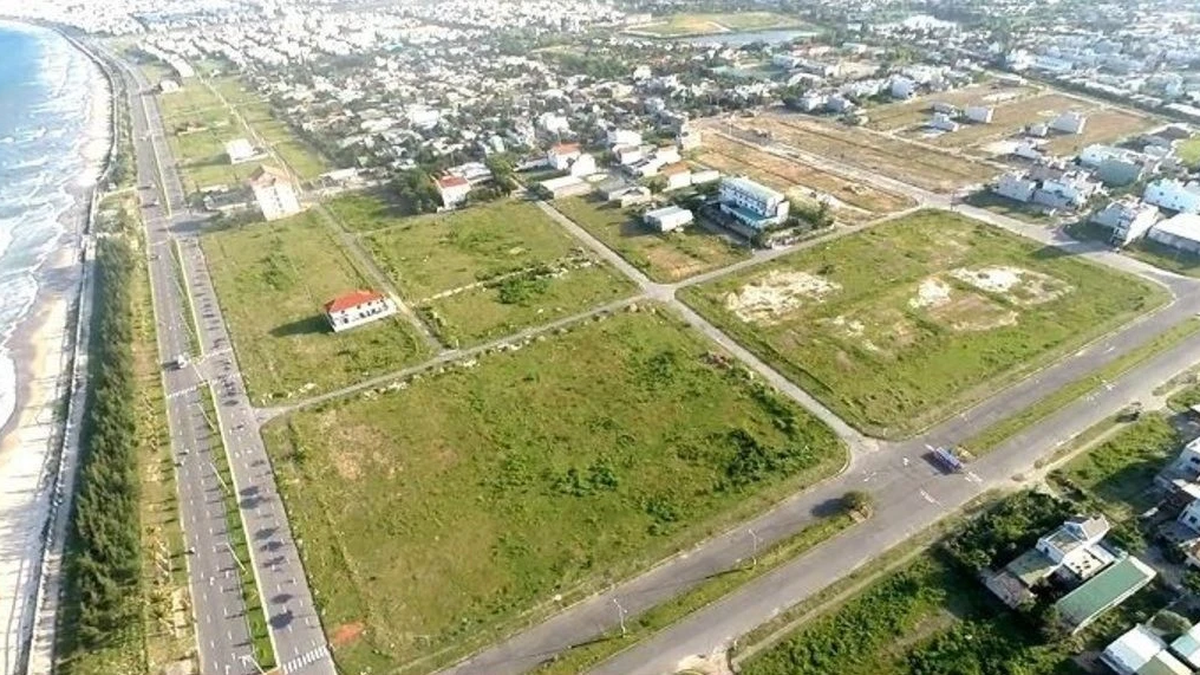
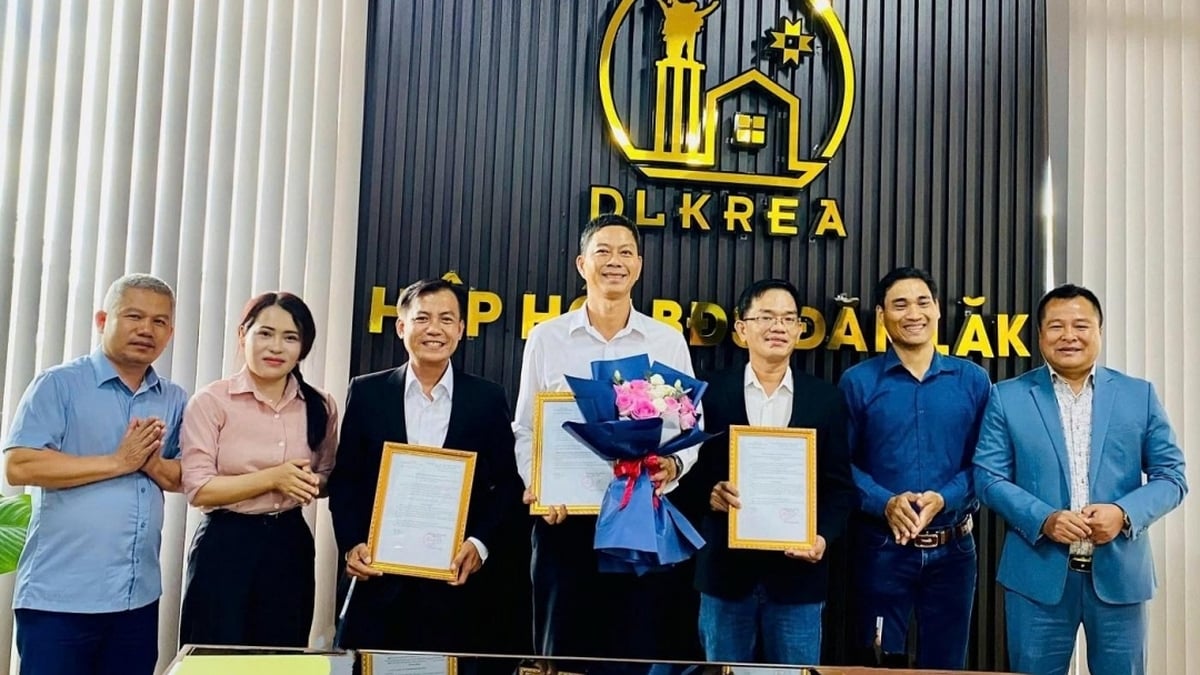
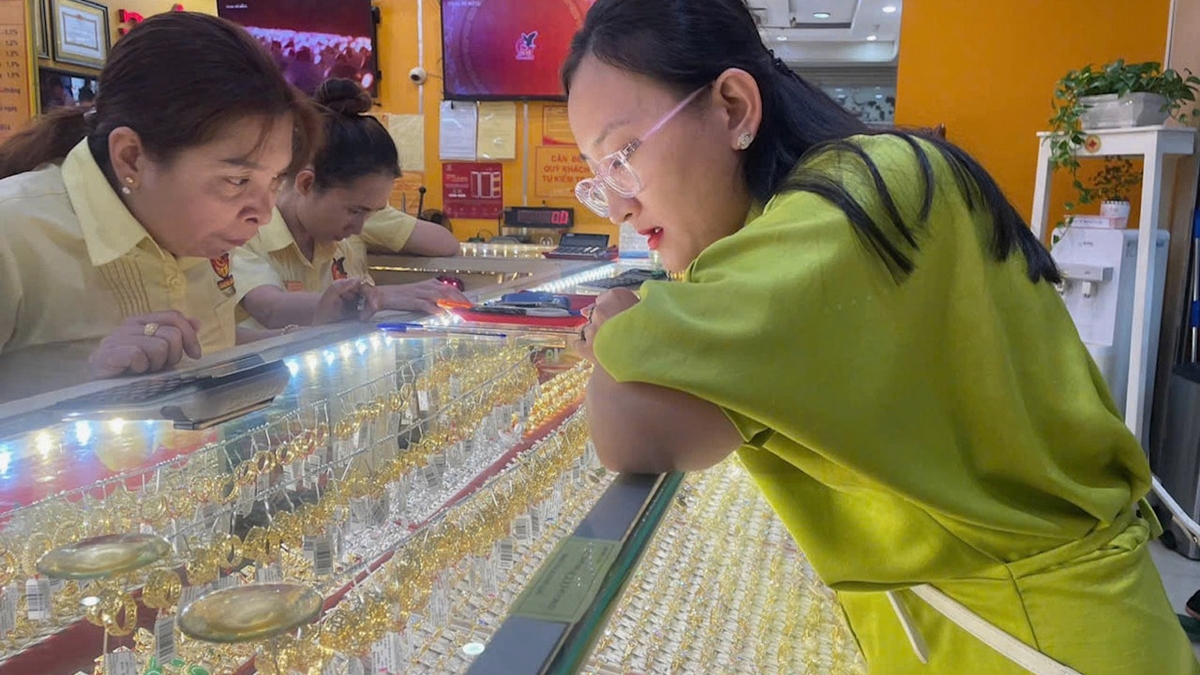
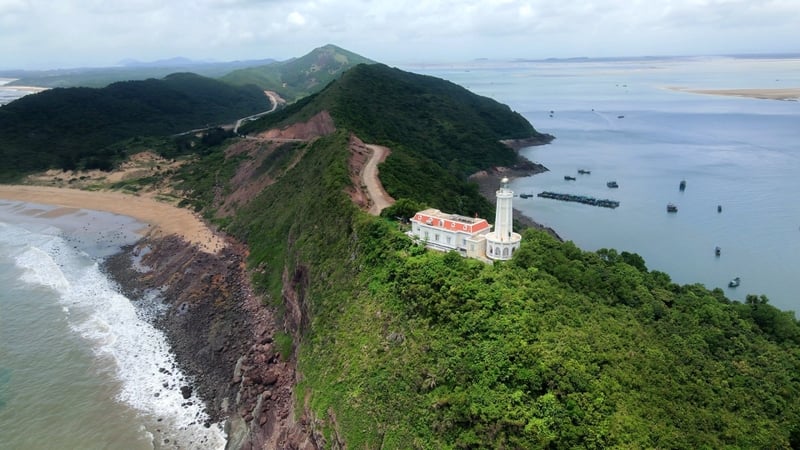

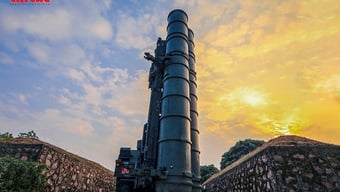


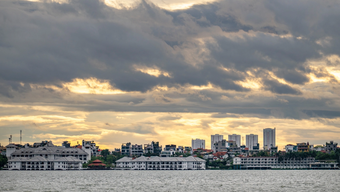


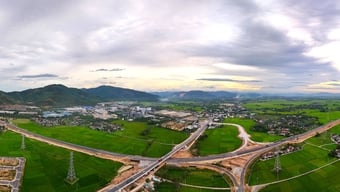

![[Photo] National Assembly Chairman attends the seminar "Building and operating an international financial center and recommendations for Vietnam"](https://vphoto.vietnam.vn/thumb/1200x675/vietnam/resource/IMAGE/2025/7/28/76393436936e457db31ec84433289f72)
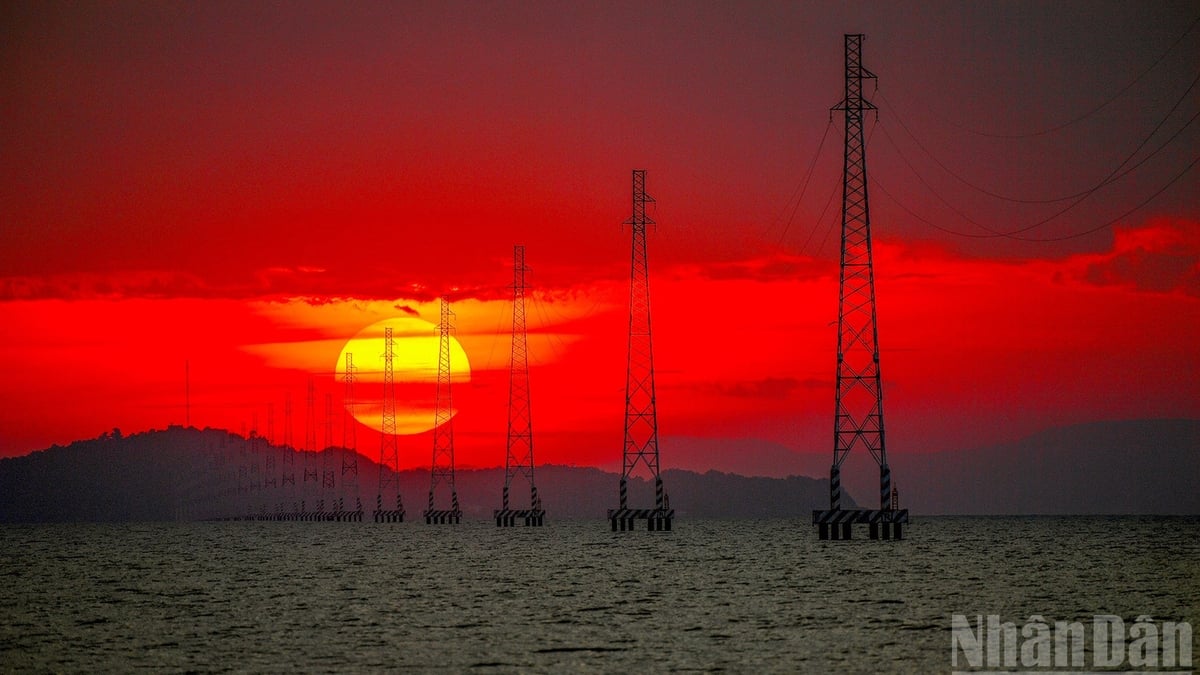
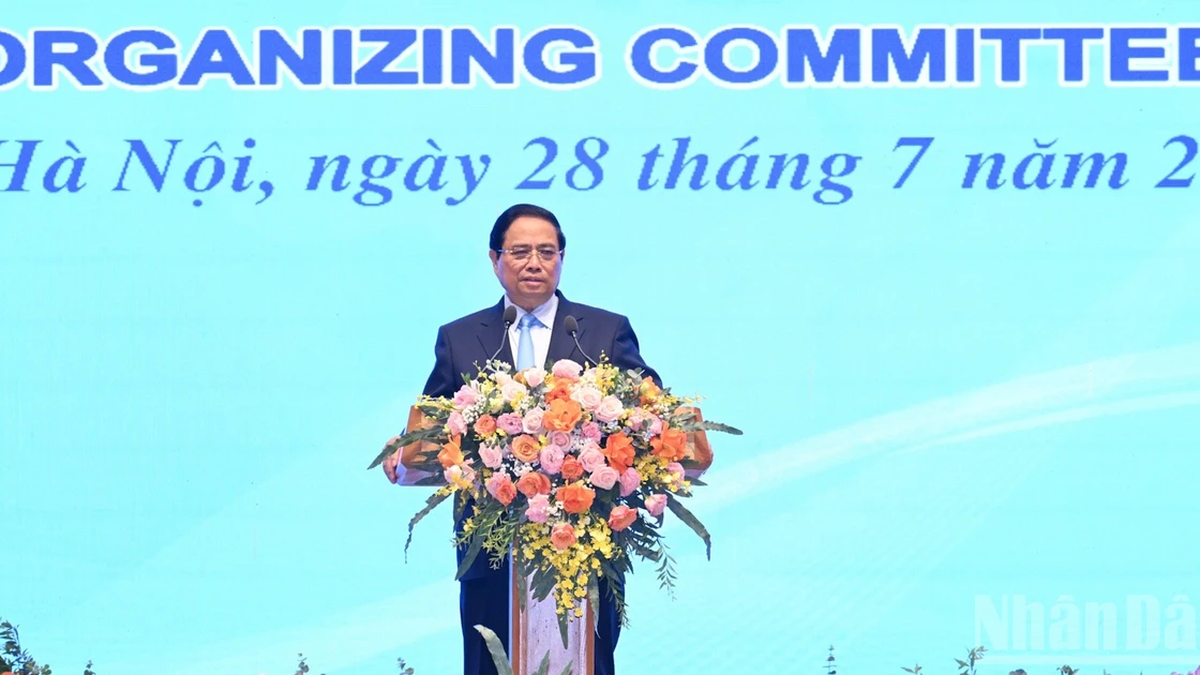

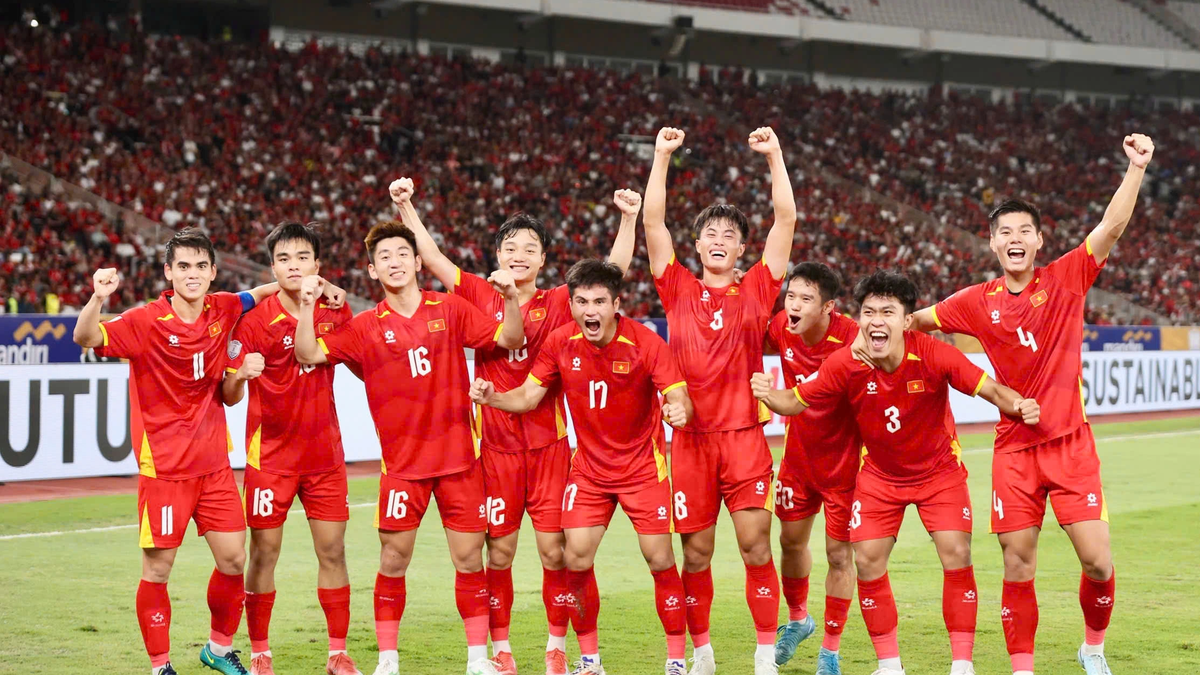
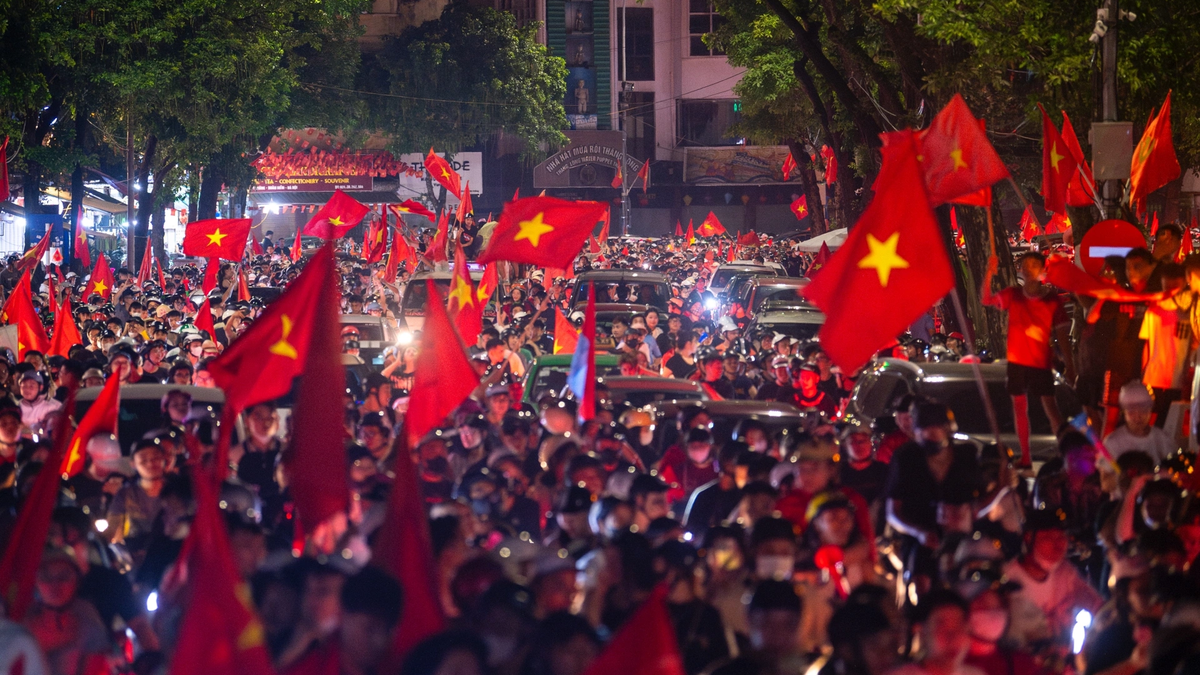
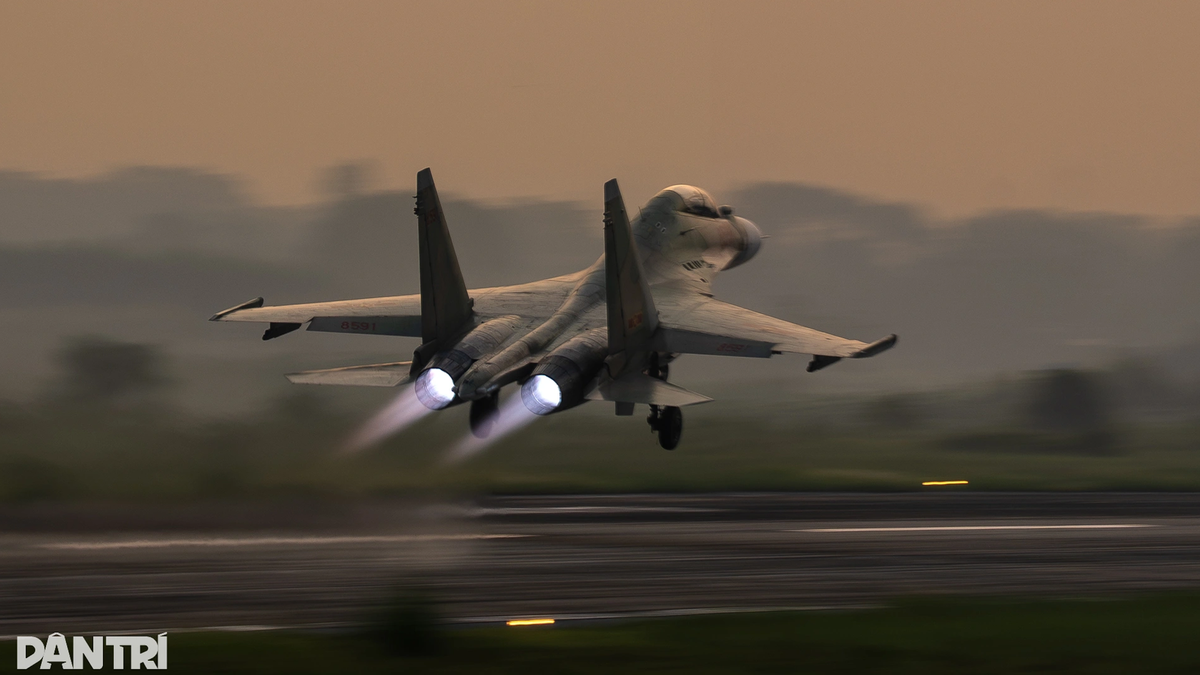


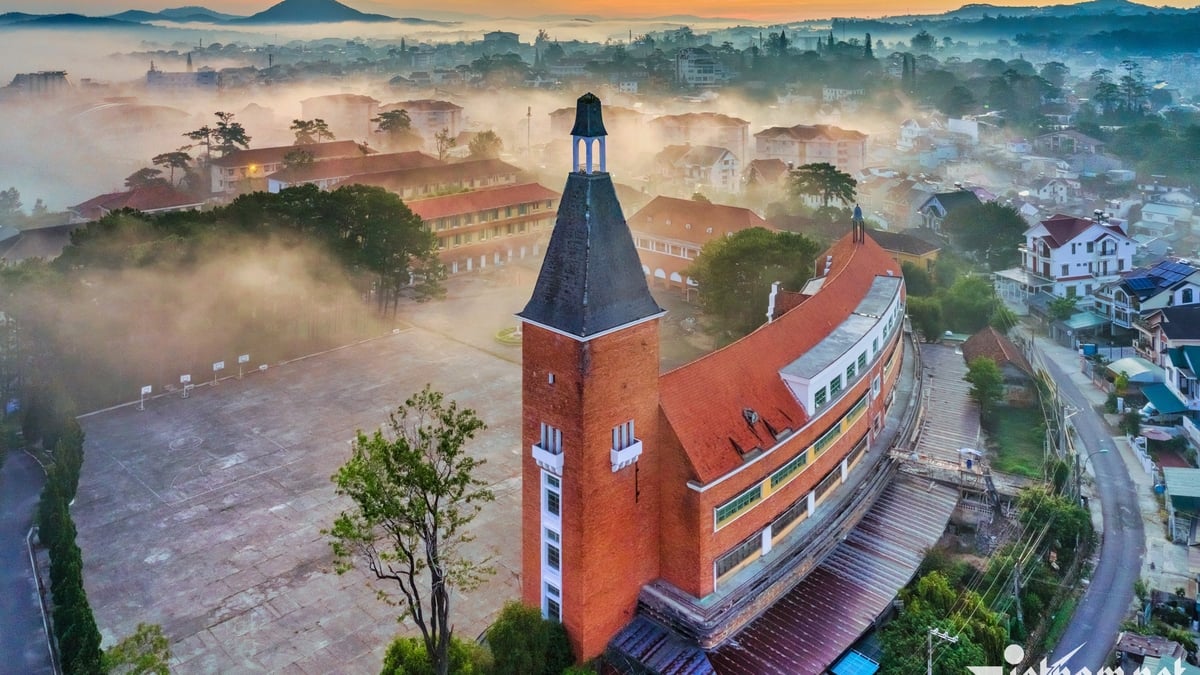
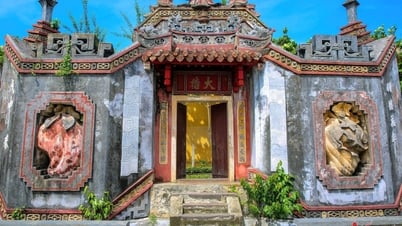



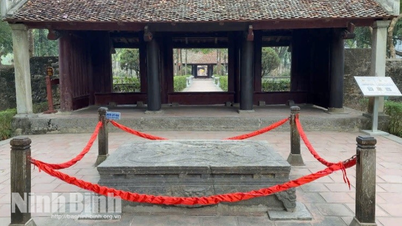

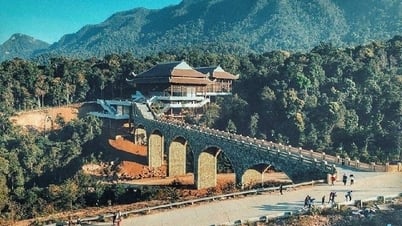

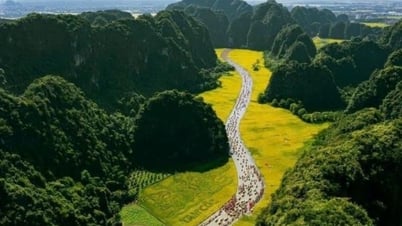
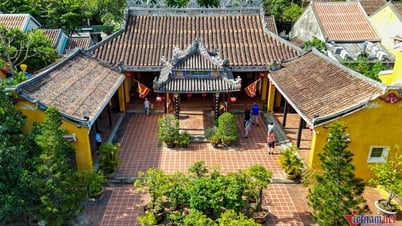




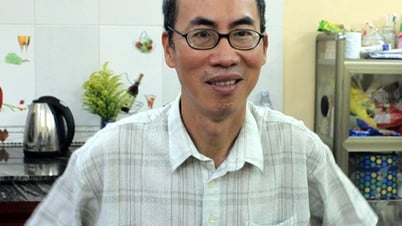

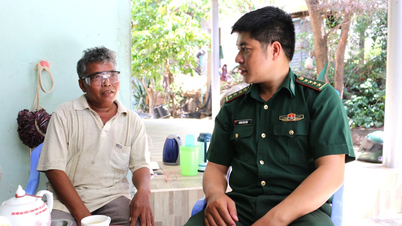

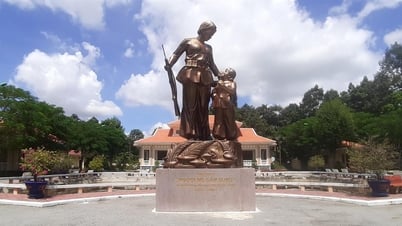
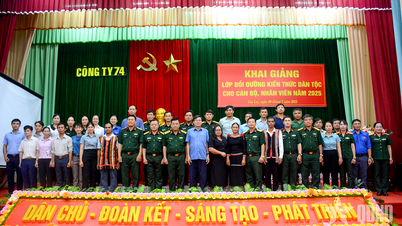


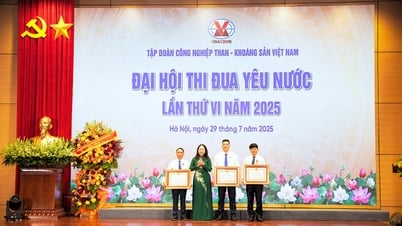





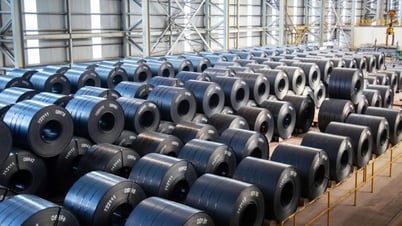



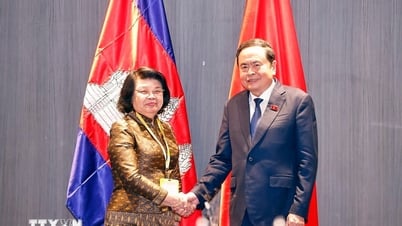

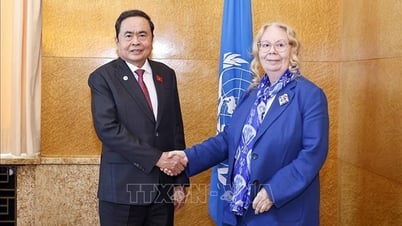



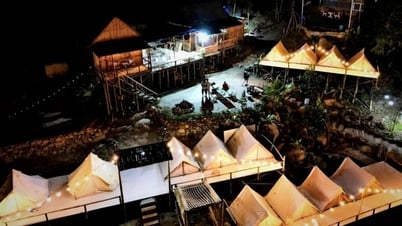



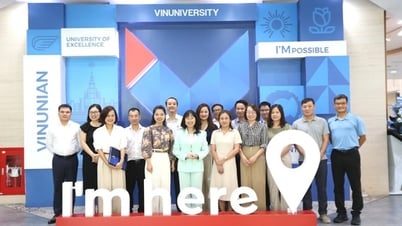



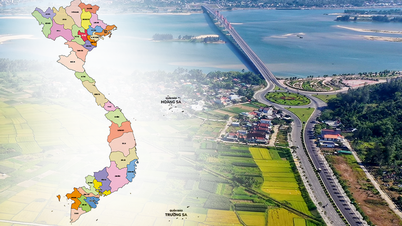
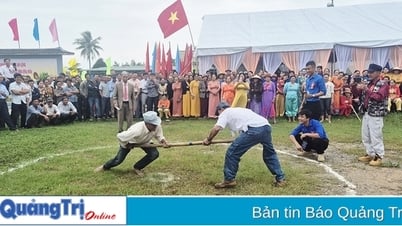


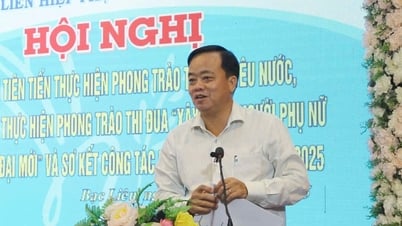
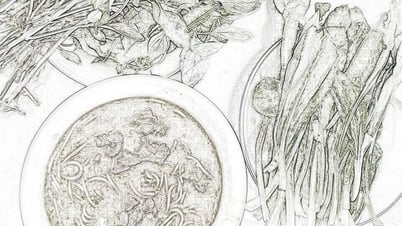
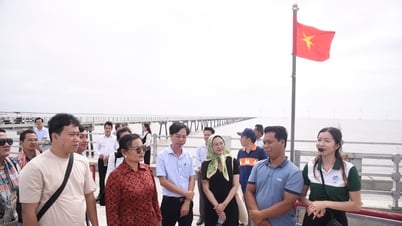
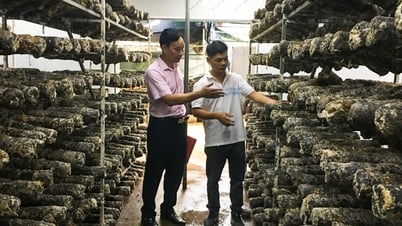

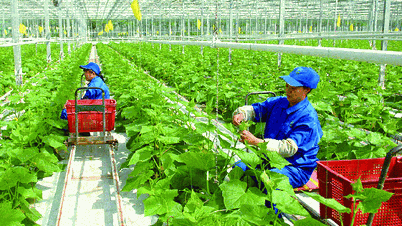


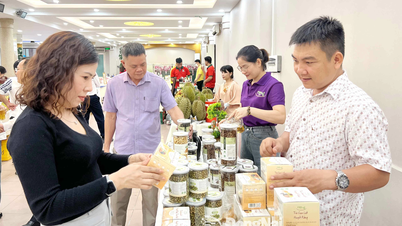








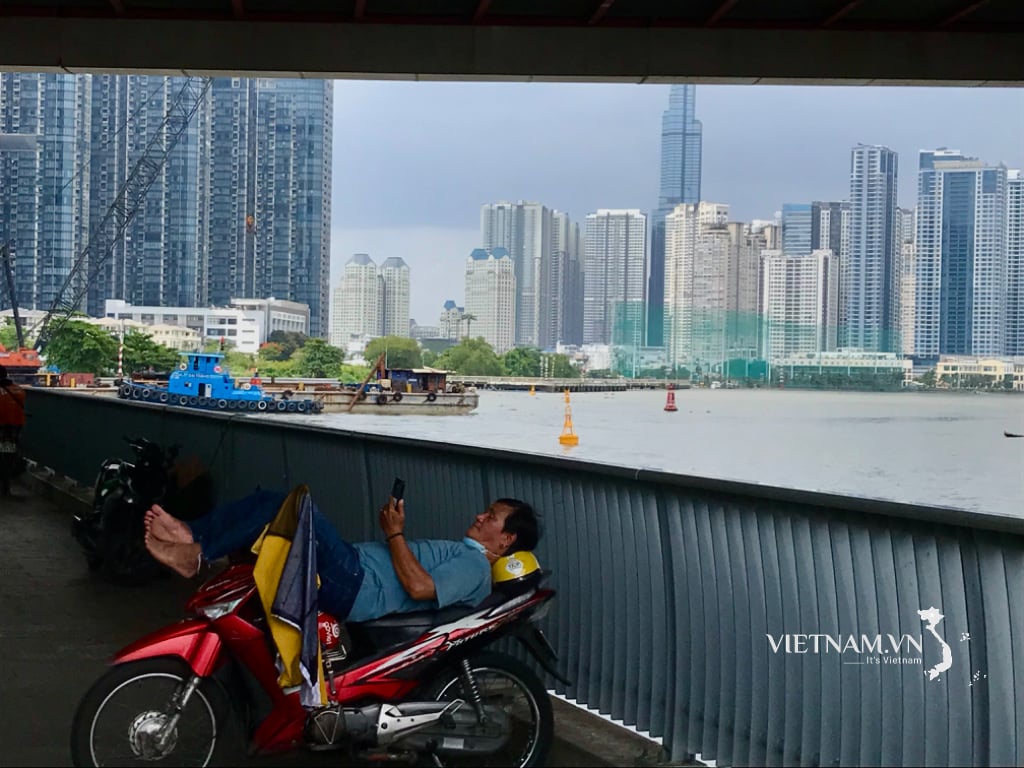
Comment (0)